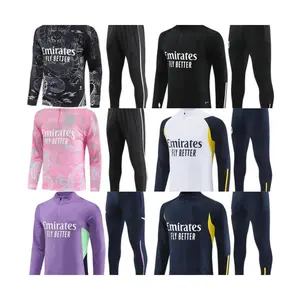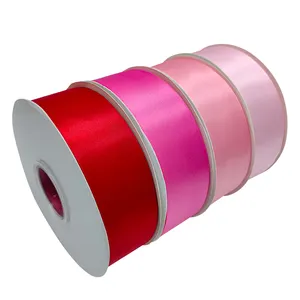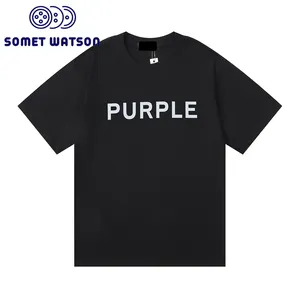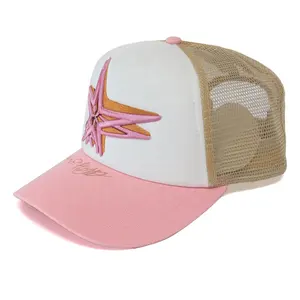Popular in your industry



























































Related Searches:







































































 Ready to Ship
Ready to Ship







































































Top categories
About marine snap fasteners
Introduction to Marine Snap Fasteners
Marine snap fasteners are indispensable components in the boating and marine industry, providing a reliable method of fastening for a variety of applications. These fasteners are designed to withstand harsh marine environments, making them ideal for securing boat covers, marine canvas, and other nautical items.
Types and Applications
Boat snap fasteners and marine canvas snaps are two common types, each serving specific functions. Boat snap fasteners are typically used for boat covers, ensuring a snug fit that protects against the elements. On the other hand, marine canvas snaps are suited for heavier-duty applications, offering secure fastening for sails and marine-grade upholstery.
Features and Materials
Marine snap fasteners are crafted from materials capable of resisting corrosion and wear. Stainless canvas snaps are a popular choice due to their durability and resistance to rust. The design of these fasteners often includes a self-aligning feature, which ensures a secure closure and easy operation.
Advantages of Marine Snap Fasteners
The advantages of using marine snaps and fasteners are numerous. They provide a strong hold, are easy to use, and can be repeatedly fastened and unfastened without losing integrity. For those in need of a comprehensive solution, marine snap fastener kits offer a complete set of tools and fasteners for various installations.
Customization and Variety
For specific needs, snap kits for boat covers and marine press stud kits are available, allowing for customization and ensuring that all components fit seamlessly. The variety extends to different shapes and designs, catering to both functional and aesthetic requirements.
Choosing the Right Fastener
Selecting the appropriate marine canvas fastener or boat canvas fastener is crucial for the longevity and performance of the product. Factors such as material compatibility, environmental exposure, and the type of application should guide the selection process.


























































